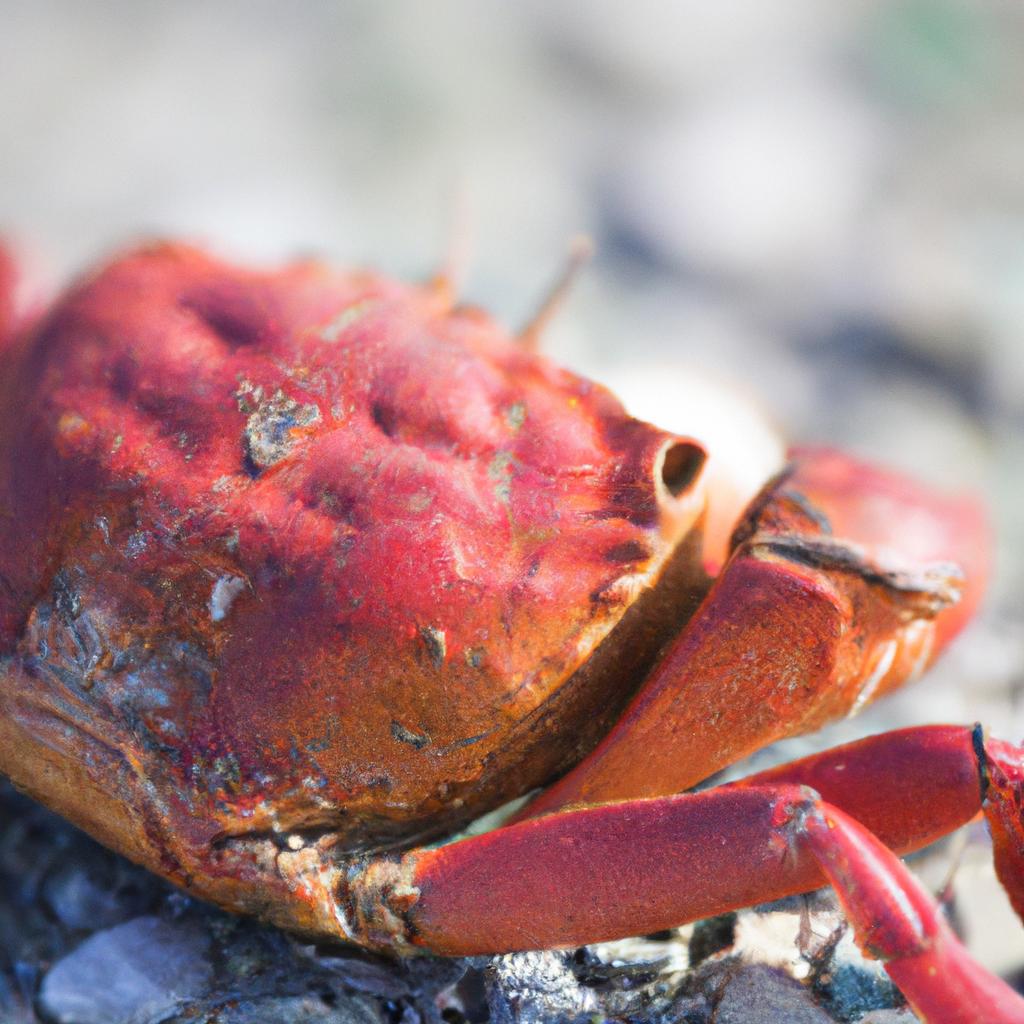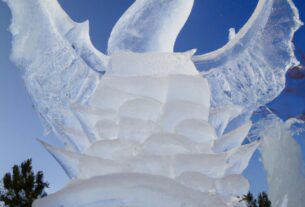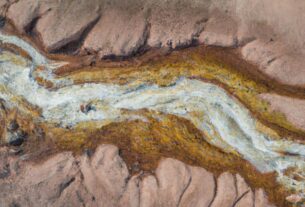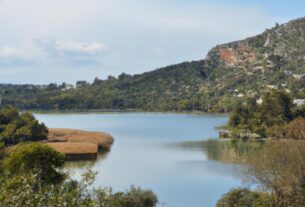Every year, something remarkable happens on Christmas Island – millions of red crabs embark on a perilous journey from the forests to the coast. This mass migration, a sight to behold, has become a major attraction for tourists. But have you ever wondered why red crabs migrate and what purpose it serves?
Red crabs, scientifically known as Gecarcoidea natalis, are not just any ordinary creatures. They are a unique and vital part of Christmas Island’s ecosystem, playing a crucial role in maintaining its balance. Their bright red coloration makes them easily visible amidst the island’s dense foliage, where they reside both in the forests and coastal areas.
Physical Characteristics and Habitat
These small crustaceans measure approximately 10 cm in length and 6 cm in width, with ten legs and two large claws used for defense and feeding. Red crabs prefer moist environments and are most commonly found in areas with high humidity and dense foliage. During the dry season, they burrow into the ground to conserve moisture and avoid dehydration.
Maintaining the Balance
The red crabs’ role in maintaining the balance of Christmas Island’s ecosystem is crucial. As herbivores, they feed on a variety of plant matter, including fallen leaves and fruits. In doing so, they help break down organic material and distribute nutrients throughout the ecosystem. Red crabs are also a significant food source for a variety of predators on the island, such as birds, reptiles, and other crustaceans.
The Mysterious Migration Process
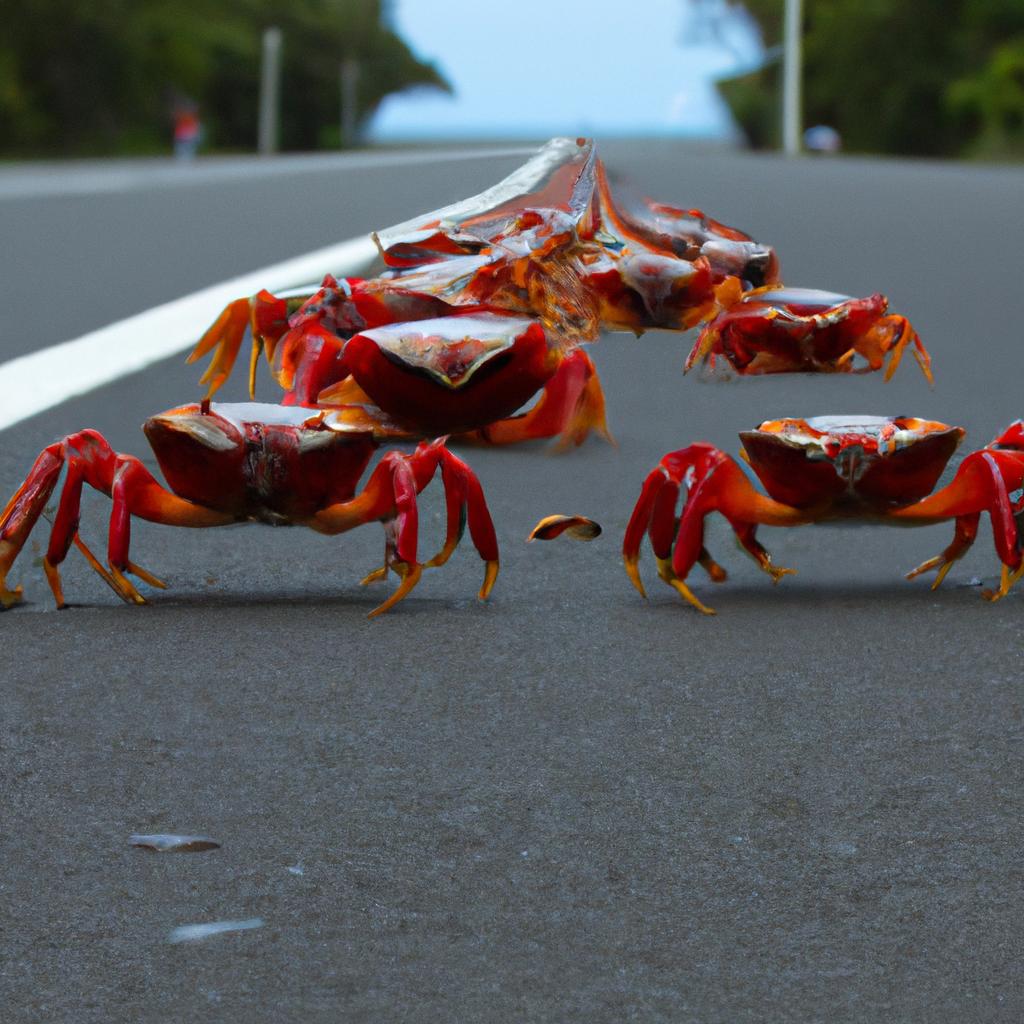
Red crab migration is a remarkable and complex phenomenon that occurs annually on Christmas Island. It typically takes place during the wet season, from October to December, covering a distance of up to 8 kilometers. Millions of crabs embark on this journey, arriving at the coast in waves. After mating and releasing their eggs into the ocean, the crabs make their way back to the forests.
The Purpose Behind the Migration
The primary reason for red crab migration is reproduction and survival. During the rainy season, female red crabs release their eggs into the ocean, where they are fertilized by male crabs. The ensuing larvae spend several weeks drifting in the ocean currents before returning to the island as juvenile crabs. By migrating en masse to the coast, red crabs can synchronize their spawning, increasing the chances of successful fertilization and survival of their young.
The Impact of Humans and Conservation Efforts
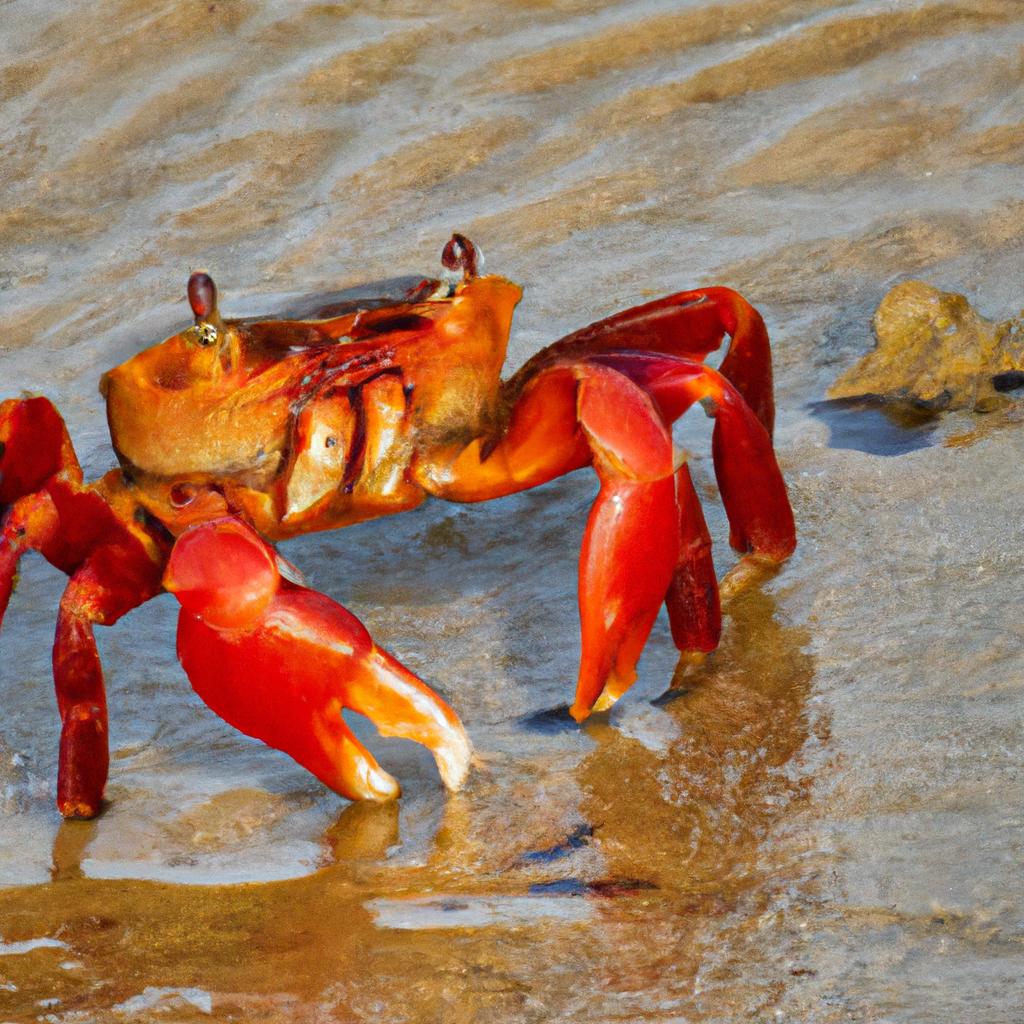
Despite the vital role red crab migration plays in Christmas Island’s ecosystem, it faces several threats from human practices. Deforestation for development and agriculture disrupts the crabs’ natural habitat and impedes their migration. The construction of roads and infrastructure creates barriers that prevent the crabs from reaching the coast. Additionally, the use of pesticides and other chemicals can harm red crabs and their food sources.
Fortunately, various efforts are underway to protect and conserve red crabs and their migration. The establishment of the Christmas Island National Park in 1980 aimed to safeguard the island’s unique flora and fauna, including red crabs. The park has implemented measures such as limiting development and controlling pesticide use to ensure the crabs’ safe migration.
Moreover, organizations like the Christmas Island Red Crab Conservation Group are actively involved in research, education, and advocacy for red crab conservation. They collaborate with the local community, government agencies, and other organizations to promote responsible tourism practices and raise awareness about the importance of red crab migration.
Preserving Nature’s Marvel
In conclusion, the mass migration of red crabs is a captivating phenomenon that showcases nature’s intricacies. It serves as a vital component of the red crabs’ reproductive cycle, ensuring the survival of their offspring and promoting the health of Christmas Island’s ecosystem. However, human activity poses a significant threat to this phenomenon.
Protecting and conserving red crabs and their migration is a shared responsibility. Responsible tourism practices and efforts to restore their natural habitat are crucial. It is through these collective actions that we can preserve the wonder of red crab migration for generations to come.
Sources:
